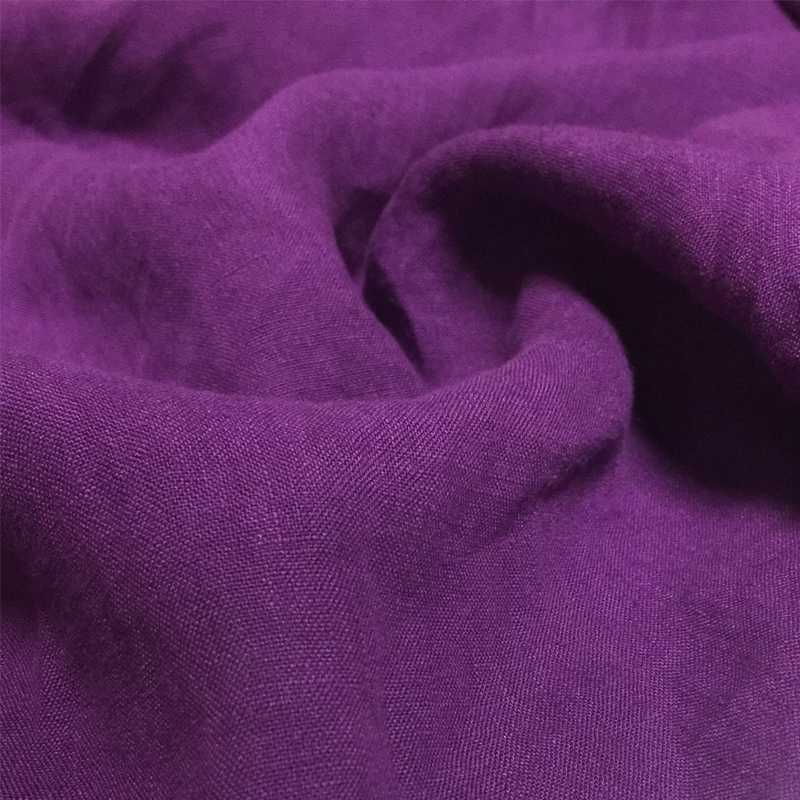
NewsInformation Center
How to prevent pilling and pilling in textiles during use?
2023/03/10
Pilling and pilling of textiles during use is caused by wear and tear on the surface of the fibres and by the loosening of the fibre structure.
Here are some ways to prevent pilling and pilling in textiles:
Choose good quality textiles
Good quality textiles are usually made from high quality fibres with a compact fibre structure that reduces wear and tear and loosening of the fibres, thus reducing the occurrence of pilling and pilling.

Avoid machine washing and high temperature drying
Machine washing and high temperature drying can loosen the structure of the fibres, leading to pilling and pilling. Therefore, hand washing or tumble drying at a low temperature whenever possible will reduce the incidence of pilling and pilling.
Use of softeners
Softeners reduce friction between the fibres, reducing abrasion and loosening of the fibres, thus reducing the incidence of pilling and pilling.
Trim pilling regularly
If lint and pilling have developed, use a professional lint trimmer to trim them off to maintain the appearance and longevity of the textile.
Pay attention to storage conditions
Textiles should be stored in a ventilated and dry place, out of direct sunlight and in a humid environment to avoid abrasion and loosening of fibres, which can lead to hairballs and pilling.
In conclusion, preventing hairballing and pilling during use requires attention to a number of aspects such as fibre quality, washing methods and conditions of use in order to maintain the quality and longevity of the textile.
Previous: It's important to choose a Cotton fineness tester?
N e x t : Circular Locus Pilling Tester - the tool for evaluating fabric pilling



